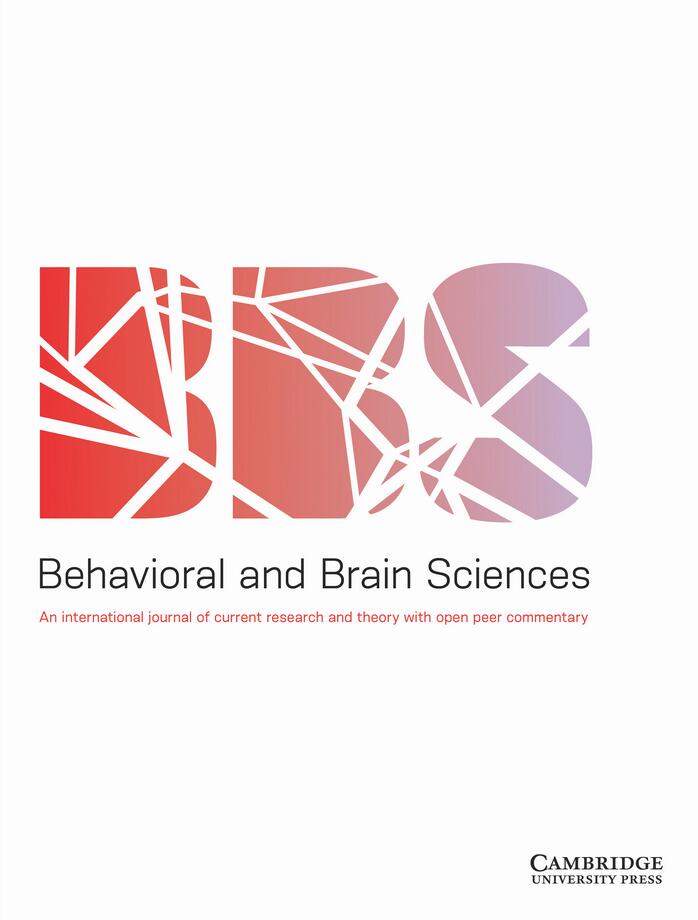哲学还是社会科学?
IF 13.7
1区 心理学
Q1 BEHAVIORAL SCIENCES
引用次数: 0
摘要
Moffett的论文虽然雄心勃勃,有趣,并且与考古学,历史学和人类学的用法相对应,但似乎更像是科学哲学(概念分析)而不是科学(它们在解释中的应用)。它避免解释“身份标记”和“对它们的认可”是如何获得的(例如,通过生物进化、个体学习、社会学习或社会文化进化),以及“社会”的概念解释了什么。本文章由计算机程序翻译,如有差异,请以英文原文为准。
Philosophy or science of societies?
While ambitious, interesting, and generally corresponding to usage in archaeology history, and anthropology, Moffett's paper seems more philosophy of science (conceptual analysis) than science (their use in explanations). It avoids explanations of how "markers of identity" and "their recognition" are acquired (e.g., by biological evolution, individual learning, social learning, or sociocultural evolution) and what the concept of "a society" explains.
求助全文
通过发布文献求助,成功后即可免费获取论文全文。
去求助
来源期刊

Behavioral and Brain Sciences
医学-行为科学
CiteScore
1.40
自引率
1.70%
发文量
353
期刊介绍:
Behavioral and Brain Sciences (BBS) is a highly respected journal that employs an innovative approach called Open Peer Commentary. This format allows for the publication of noteworthy and contentious research from various fields including psychology, neuroscience, behavioral biology, and cognitive science. Each article is accompanied by 20-40 commentaries from experts across these disciplines, as well as a response from the author themselves. This unique setup creates a captivating forum for the exchange of ideas, critical analysis, and the integration of research within the behavioral and brain sciences, spanning topics from molecular neurobiology and artificial intelligence to the philosophy of the mind.
 求助内容:
求助内容: 应助结果提醒方式:
应助结果提醒方式:


